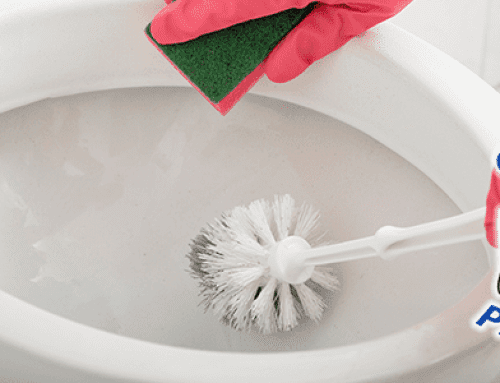Porta-potties, more commonly called “portable sanitation equipment”, are a unique form of plumbing. An average homeowner does not have a lot of interaction with porta-potties. They may use them once or twice, but the plumbing details are certainly not in the forefront of their minds. But these portable stalls handle a lot of traffic. How do they work? This week, we are exploring the answer to that question. Read on to learn where and when porta-potties are used as well as how they work.
Where Do People Use Porta-Potties?
Porta-potties are most common at large, outdoor events. Think something like a Gasparilla event in a Tampa park or a big music festival. Additionally, the bathrooms are required at construction sites. This is because the projects usually don’t have functioning bathroom until the very end. The porta-potties are also super common were there are no dedicated bathrooms, but large crowds. Something like a sporting venue or a hiking trail.
Why Do Porta-Potties Matter?
While they are not glamorous, porta-potties are a necessity for temporary events and places with large crowds. They allow flexibility that a permanent restroom area does not. Additionally, there are certain places that cannot get a plumbing connection, so porta-potties are the only option. Additionally, the portable units actually provide an environmental benefit. Everyday, they save 125 million gallons of fresh water. That is over 45.5 billion gallons in a single year.
How Do They Work?
There is a fairly simple way to break down porta-potties to the bare essentials. Start with a toilet. There is no permanent plumbing, so the waste has to go into a holding tank. Many units have a 60-gallon holding tank. Then, give the users privacy. Porta-potties use a hard-plastic shell because it is solid enough to hold up over time and can handle transport.
Before anybody uses the porta-potties, the provider puts a chemical mixture in the basin to help keep everything sanitary. Each company has a different formula, but there are a few basic components that are standard.
- Dye: Usually blue. The dye is supposed to neutralize the color of the waste and make things easier to clean.
- Fragrance: This one is pretty self-explanatory. The fragrance covers up the odor of human waste.
- Biocide: The most important element. Biocide serves more than one purpose. First, it kills any gross bacteria in the refuse. Additionally, it kills bugs, such as flies that are drawn to waste.
Most porta-potties hold the waste until a scheduled pickup time. For a big event, like a music festival, it is not uncommon for trucks to arrive nightly to remove the waste. For lesser used units, like on a hiking trail, pickup is once a week. Essentially, the trucks have giant hoses attached that remove the waste and clean the unit. Then, they’re ready to be used again.




